- Home
-
My Models
-
AV History
- Airline History Blog
-
Airline Development
>
-
Liveries
>
- Aeroméxico Liveries
- Air China Special Liveries
- American Airlines Liveries
- British Airways Liveries
- Continental Airlines Liveries
- Delta Air Lines Liveries
- Eastern Air Lines Liveries
- Landor Liveries
- National Airlines Liveries
- Northeast Airlines Liveries
- Northwest Airlines Liveries
- Pan Am Liveries
- Trans World Airlines Liveries
- United Airlines Liveries
- Western Airlines Liveries
- Airbus A380s >
- Boeing 747 >
- Real Airport Histories >
- Plane Spotting >
- Aviation Stickers >
-
1:400 SCALE
- Collecting 1:400 Scale >
- The History of 1:400 Scale >
-
1:400 Brands
>
- Aeroclassics >
- Airshop Diecast
- AURORA Models
- Aviation400 (2007-2012)
- Big Bird 400 Your Craftsman
- Black Box Models
- Blue Box & Magic Models
- C Models
- Dragon Wings
- El Aviador 400
- Gemini Jets >
- JAL Collection / Jet Hut >
- Jet-X >
- MP4 Models
- NG Models >
- Panda Models >
- Phoenix Models >
- Seattle Models Co (SMA)
- Skyjets400
- Sovereign Models
- TucanoLine
- Witty Wings / Apollo
- Yu ModeLs
- 1:400 Custom Models >
- Production Numbers
- Zinc Rot
-
1:400 Moulds
- The Best Moulds >
- Airbus >
-
Boeing
>
- Boeing B-377 Stratocruiser
- Short Boeing 707s & 720s
- Boeing 707-320/420
- Boeing 717
- Boeing 727-100
- Boeing 727-200
- Boeing 737-100/200
- Boeing 737-300 >
- Boeing 737-400
- Boeing 737-500
- Boeing 737-600
- Boeing 737-700/800/900 >
- Boeing 737 MAX
- Boeing 747-100/200 >
- Boeing 747-400 >
- Boeing 747SP
- Boeing 747-8 Interactive
- Boeing 747LCF Dreamlifter
- Boeing 757-200 >
- Boeing 757-300
- Boeing 767-200
- Boeing 767-300
- Boeing 777-200
- Boeing 777-300
- Boeing 787
- British >
- Douglas >
- Lockheed >
- Other >
- Chinese >
- Soviet >
- Smallest Moulds in 1:400
-
1:400 Reviews
-
Model News
- Model Blog
-
New Mould Samples
>
- Aviation400 >
- JC Wings >
-
NG Models 400 Scale
>
- Airbus A318
- Airbus A319/320 CEO
- Airbus A319/320 NEO
- Airbus A321CEO & NEO
- Airbus A330-200/300
- Airbus A330 Beluga XL
- Airbus A330-800/900
- Airbus A340-200/300
- Airbus A350-900
- Airbus A350-1000
- Boeing 737-600/700/900
- Boeing 737-600 Refresh
- Boeing 737-800
- Boeing 737 MAX-8/MAX-9
- Boeing 737 MAX-7/MAX-10
- Boeing 747-100
- Boeing 747-200
- Boeing 747-400
- Boeing B747SP
- Boeing 747-8I
- Boeing 747-8F
- NG 747s Together
- Boeing 757-300
- Boeing 767-200/300 >
- Boeing 767-400 >
- Boeing 777-200
- Boeing 777-300/300ER
- Boeing 787-8
- Lockheed L-1011 Tristar
- Lockeed Tristar 500
- McDonnell Douglas MD-80
- McDonnell Douglas MD-87
- Tupolev Tu-154
- Tupolev Tu-204/Tu-214/Tu-234
- NG Models 200 Scale >
- Phoenix Models >
- Yu ModeL >
-
1:600 SCALE
- DIORAMAS
|
The Ilyushin IL-86 'Camber' encapsulates a big chunk of what was wrong with the Soviet Union, but also some of the things they did well. By the 1980s when it entered service, it was obsolete. Its development was protracted, its service entry late, its performance anaemic and its production far too prolonged and slow. However despite this it had many unique features, which adapted it to Russian operations well, was solid, strong, reliable and very safe. During the 1960s it was becoming clear that Aeroflot's traffic needs would require greater capacity than could be provided by the Il-62 and domestic types like the Il-18 and An-10. Unfortunately the nature of the Soviet economy was such that military needs came first and these often left the needs of the civilian population unmet. This was true of aero-engines. Fuel-efficient, reliable engines were not the focus of the Soviet armed forces. The biggest issue for any prospective widebody civil jet was the powerplant. Whereas at the close of the 60s UK and US turbofans had a bypass ratio of 4 or 5:1 the Kuznetsov NK-8s eventually forced onto the Il-86 only managed 1.15:1. They were unsuitable right from the start. There were even serious discussions with the USA in the early 1970s to buy 747s or start license production of L-1011 Tristars in Russia! This seems bizarre now but shows how far behind the USSR was.
This involved the concept of 'luggage at hand' whereby passengers would enter the plane near ground level with their coats and bags and deposit them in underfloor compartments before climbing stairs and taking their seat. This was looked into both by Airbus and actually built into PSA' Tristars however it didn't catch on. There was even hope of selling tickets onboard like a true bus. These compartments, which necessitated standing capability on the lower deck meant the IL-86 had the second widest fuselage after the 747, until the arrival of the 777. The benefits were that the Il-86 was independent of stairways and airbridges so could use the often rudimentary facilities at Soviet airports. It was also supposed to be compatible with Soviet weather that necessitated coats. In service the feature was not widely used or particular popular. It caused congestion and was ripe for being exploited by thieves. Above: CCCP-86015, c/n 51483202013, was one of the 11 made in 1982 and operated with the flag carrier for almost all her life. See below for more details on her career. The first IL-86 flew at the end of 1976 on December 22nd and introduced a wide-range of technological improvements (including a 3 man cockpit which Aeroflot refused to use as such). Other new features were the NK-86 engines developed from the Il-62s NK-8-4s but with greater power and built in thrust reversers. Another feature was automated de-icing of all leading edges using a system of electrical pulses. The first production aircraft flew on October 24, 1977 and the first delivery was nearly two years later on September 24, 1979. Even then it was more than a year before the type actually entered service, on December 26, 1980, after the Moscow Olympics for which it had originally been touted to be in service for. Development had taken over 10 years, because of technical issues and the low priority assigned to civilian projects. In reality the type was obsolete by the time it entered service. Certainly if you compare to types like the A300 or 767 it looked anachronistic. Of course that didn't stop it staying in full production until nearly 1992. A couple of aircraft were even completed in 1995 and 1997! Production was haphazard with the first 2 aircraft being hand built. Production after certification was appallingly slow with 1 in 1980, 0 in 1981, 11 in 1982, 12 in 1983 etc. The last completed airframes were made in 1991 however the 5 year plan at the time still talked about making 40 aircraft more. Above: CCCP was exchanged for RA but the now RA-86015, continued her career with the flag carrier, except for a short lease to VASO Airlines in 2000. She was finally broken up in 2004. The Achilles heal of the Il-86 was of course its range, which was was appalling. The type could carry less passengers than a DC-10-10 or L-1011-1 Tristar yet its range at maximum take-off weight, depending on who you believe, was only 2,500-3,500 km compared to 6,116 and 5,760 kms respectively. Aeroflot did use the type on long-range services to places like Havana, but only by cheating (decreased payloads, extra tanking and stopovers). Shannon, in Ireland, basically became an Aeroflot base due to the constant need for Soviet airliners to make refuelling stops before attempting the Atlantic crossing. Even that wasn't enough for the Il-86, which also required another stop at Gander. Safety isn't something typically attributed to Soviet aircraft, however given the operating conditions in the USSR both environmentally and infrastructurally I don't think the number of crashes represents issues with the airframes. This is especially so given the relatively haphazard break up of Aeroflot post 1991. In the IL-86's case with only 103 Russian aircraft made (3 more were exported for China Xinjiang) the airframes size and high operating costs also probably kept it out of the hands of some of the more poorly run post-Soviet airlines. Throughout its career there was only a single fatal accident involving an IL-86, and this was on a ferry flight without passengers, so it clearly was a safe and reliable aircraft. Following the breakup of the USSR IL-86s were spread about various airlines and often used successfully for high-density tourist routes to Turkey, Egypt and the Mediterranean (though it was banned from the EU in 2002). Aeroflot's remaining aircraft gained the new Russian flag and then a version of the scheme with a grey tail. Impressively the last aircraft in Aeroflot service continued until November 2006. Other operators carried on flying the type a little longer with the last civil operator ending services in 2011. Ilyushin themselves moved on to the Il-96 as a successor to the failed Il-86, but even with what turned out to be an almost all new design the limitations of Soviet technology still produced what was an obsolescent aircraft. That is, however, a story for another time. Ultimately the Il-86 did have limited success within Russia and the CIS as long as the definition of that is kept quite narrow. It was a reliable mass mover across short high-density routes and certainly a distinctive presence in the Soviet scene.
1 Comment
Robert Lowe.
14/11/2022 08:25:58 am
Awesome display of Aircraft..
Reply
Leave a Reply. |
AuthorI'm Richard Stretton: a fan of classic airliners and airlines who enjoys exploring their history through my collection of die-cast airliners. If you enjoy the site please donate whatever you can to help keep it running: Archives
July 2024
Categories
All
|
- Home
-
My Models
-
AV History
- Airline History Blog
-
Airline Development
>
-
Liveries
>
- Aeroméxico Liveries
- Air China Special Liveries
- American Airlines Liveries
- British Airways Liveries
- Continental Airlines Liveries
- Delta Air Lines Liveries
- Eastern Air Lines Liveries
- Landor Liveries
- National Airlines Liveries
- Northeast Airlines Liveries
- Northwest Airlines Liveries
- Pan Am Liveries
- Trans World Airlines Liveries
- United Airlines Liveries
- Western Airlines Liveries
- Airbus A380s >
- Boeing 747 >
- Real Airport Histories >
- Plane Spotting >
- Aviation Stickers >
-
1:400 SCALE
- Collecting 1:400 Scale >
- The History of 1:400 Scale >
-
1:400 Brands
>
- Aeroclassics >
- Airshop Diecast
- AURORA Models
- Aviation400 (2007-2012)
- Big Bird 400 Your Craftsman
- Black Box Models
- Blue Box & Magic Models
- C Models
- Dragon Wings
- El Aviador 400
- Gemini Jets >
- JAL Collection / Jet Hut >
- Jet-X >
- MP4 Models
- NG Models >
- Panda Models >
- Phoenix Models >
- Seattle Models Co (SMA)
- Skyjets400
- Sovereign Models
- TucanoLine
- Witty Wings / Apollo
- Yu ModeLs
- 1:400 Custom Models >
- Production Numbers
- Zinc Rot
-
1:400 Moulds
- The Best Moulds >
- Airbus >
-
Boeing
>
- Boeing B-377 Stratocruiser
- Short Boeing 707s & 720s
- Boeing 707-320/420
- Boeing 717
- Boeing 727-100
- Boeing 727-200
- Boeing 737-100/200
- Boeing 737-300 >
- Boeing 737-400
- Boeing 737-500
- Boeing 737-600
- Boeing 737-700/800/900 >
- Boeing 737 MAX
- Boeing 747-100/200 >
- Boeing 747-400 >
- Boeing 747SP
- Boeing 747-8 Interactive
- Boeing 747LCF Dreamlifter
- Boeing 757-200 >
- Boeing 757-300
- Boeing 767-200
- Boeing 767-300
- Boeing 777-200
- Boeing 777-300
- Boeing 787
- British >
- Douglas >
- Lockheed >
- Other >
- Chinese >
- Soviet >
- Smallest Moulds in 1:400
-
1:400 Reviews
-
Model News
- Model Blog
-
New Mould Samples
>
- Aviation400 >
- JC Wings >
-
NG Models 400 Scale
>
- Airbus A318
- Airbus A319/320 CEO
- Airbus A319/320 NEO
- Airbus A321CEO & NEO
- Airbus A330-200/300
- Airbus A330 Beluga XL
- Airbus A330-800/900
- Airbus A340-200/300
- Airbus A350-900
- Airbus A350-1000
- Boeing 737-600/700/900
- Boeing 737-600 Refresh
- Boeing 737-800
- Boeing 737 MAX-8/MAX-9
- Boeing 737 MAX-7/MAX-10
- Boeing 747-100
- Boeing 747-200
- Boeing 747-400
- Boeing B747SP
- Boeing 747-8I
- Boeing 747-8F
- NG 747s Together
- Boeing 757-300
- Boeing 767-200/300 >
- Boeing 767-400 >
- Boeing 777-200
- Boeing 777-300/300ER
- Boeing 787-8
- Lockheed L-1011 Tristar
- Lockeed Tristar 500
- McDonnell Douglas MD-80
- McDonnell Douglas MD-87
- Tupolev Tu-154
- Tupolev Tu-204/Tu-214/Tu-234
- NG Models 200 Scale >
- Phoenix Models >
- Yu ModeL >
-
1:600 SCALE
- DIORAMAS

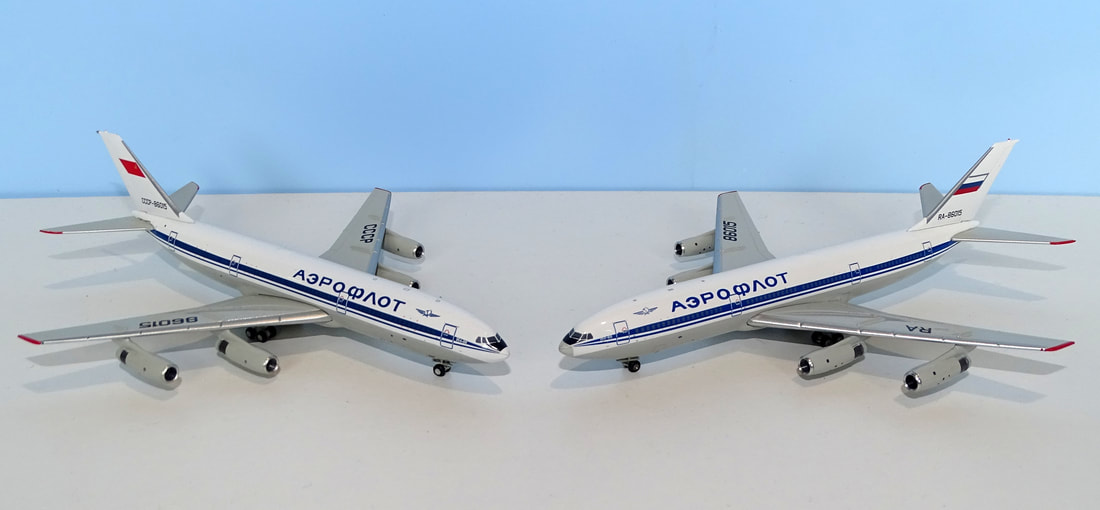
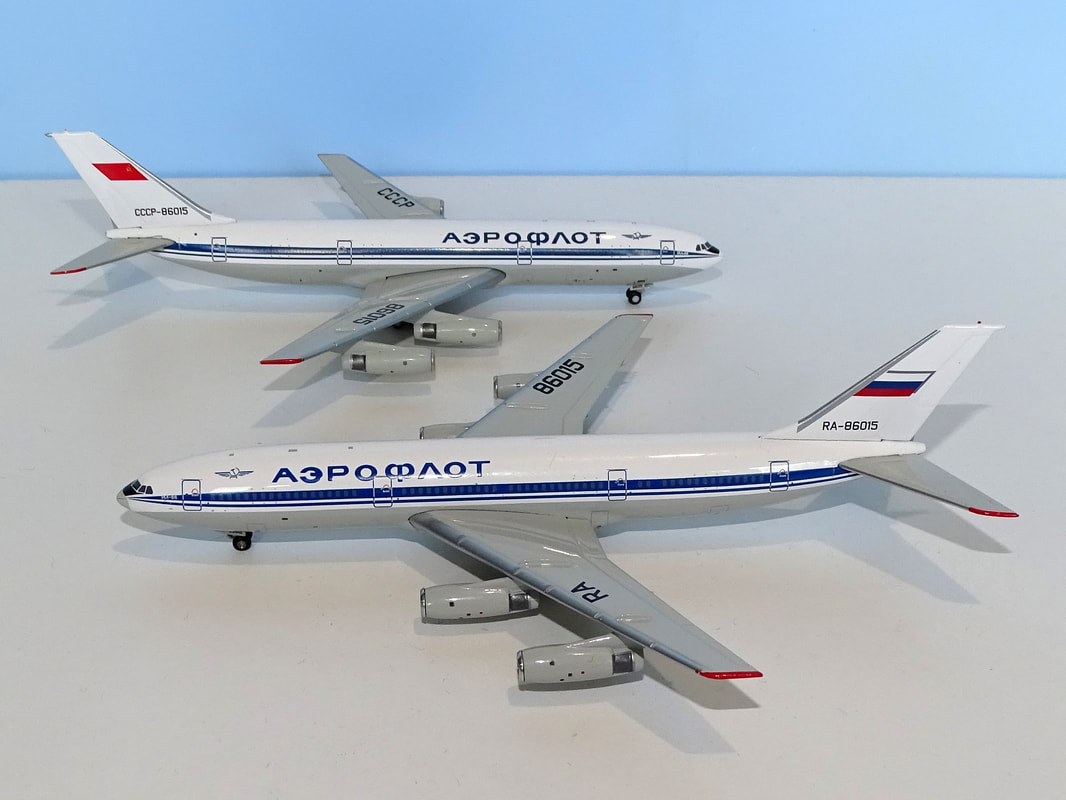
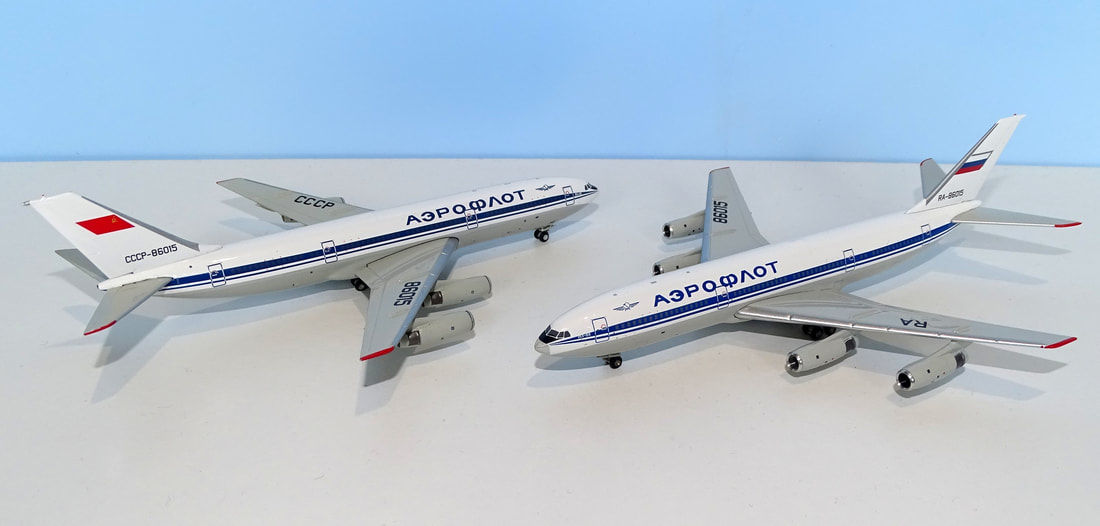
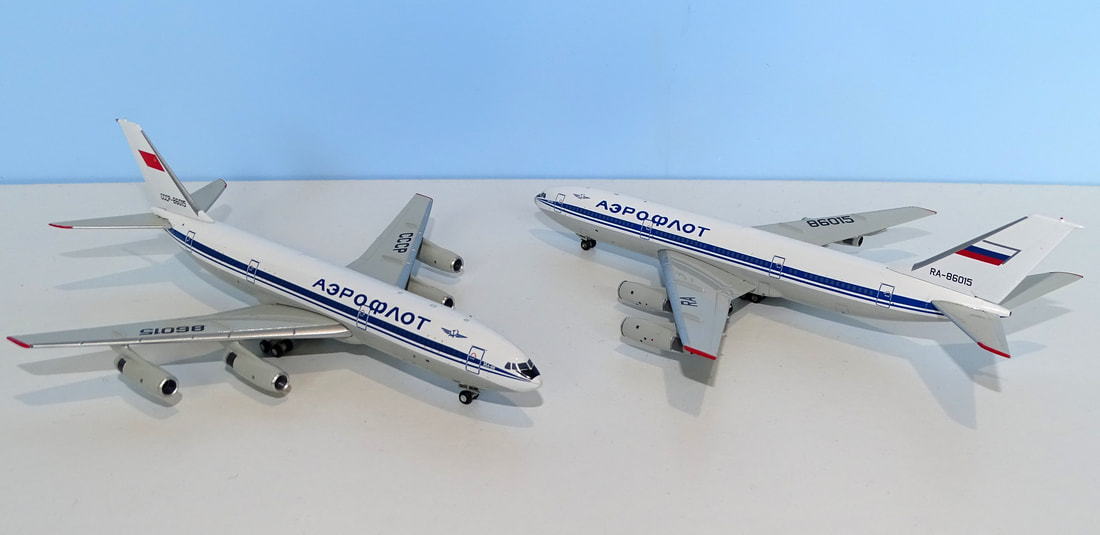
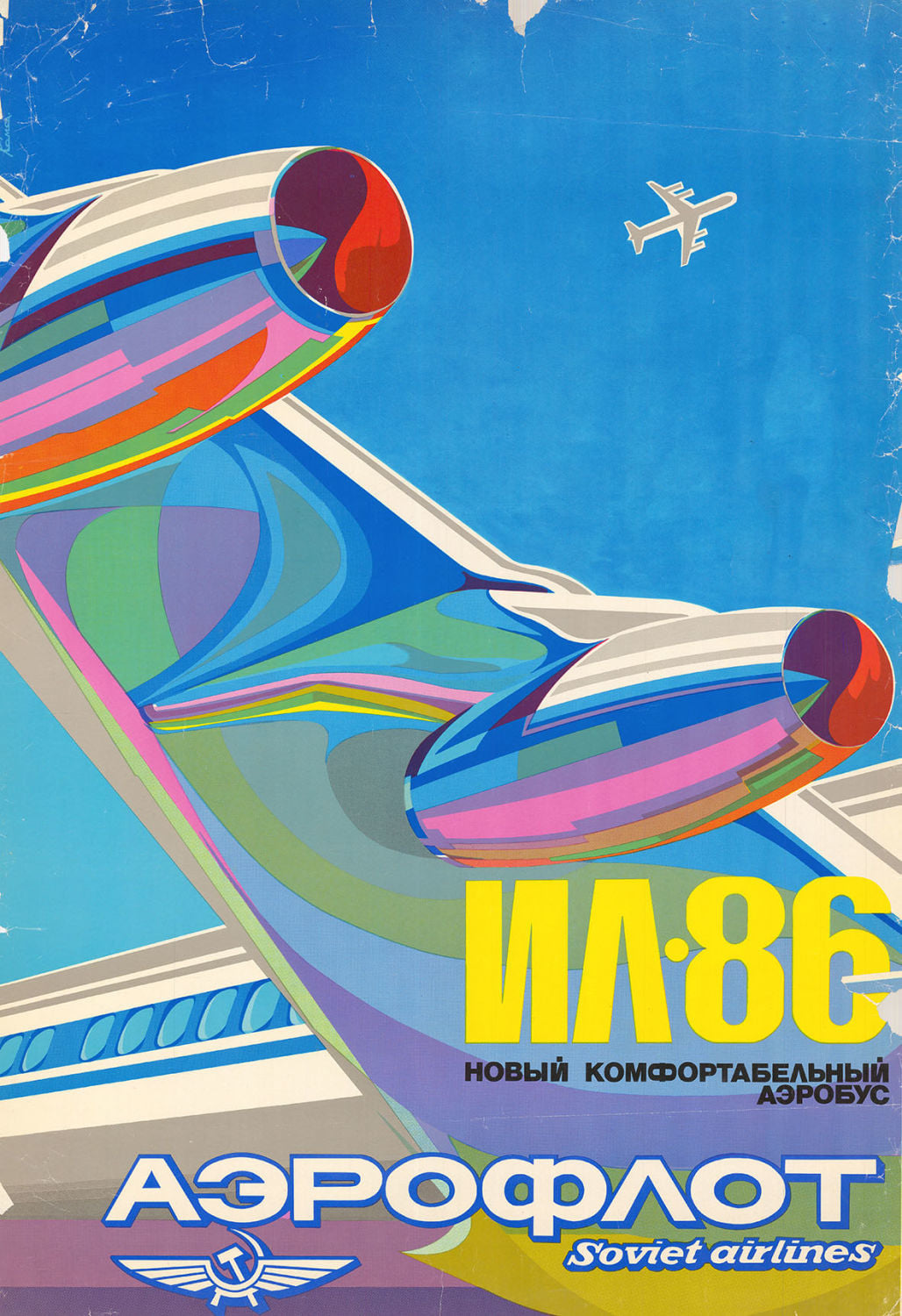
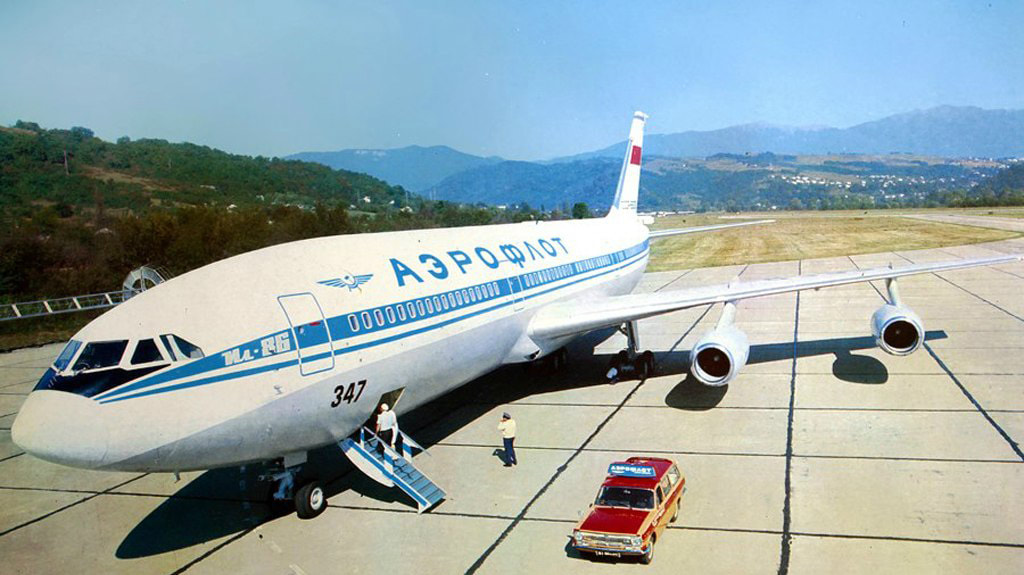
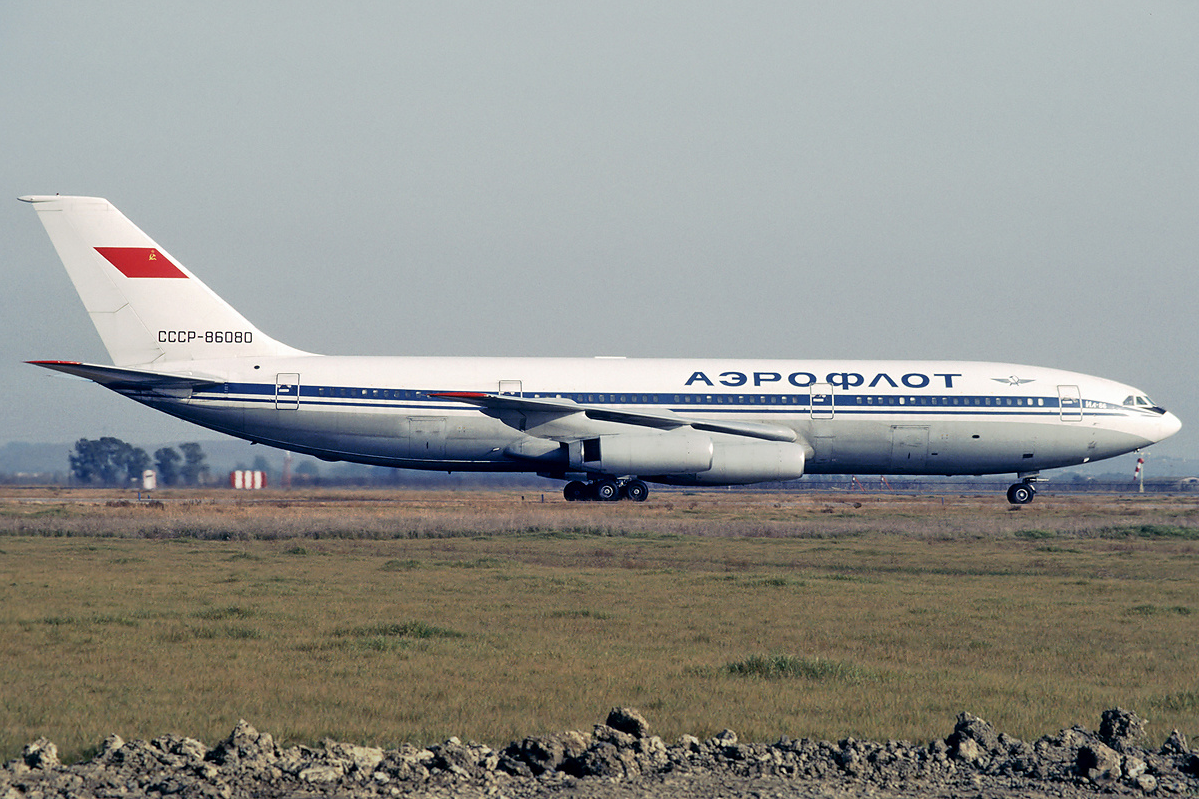
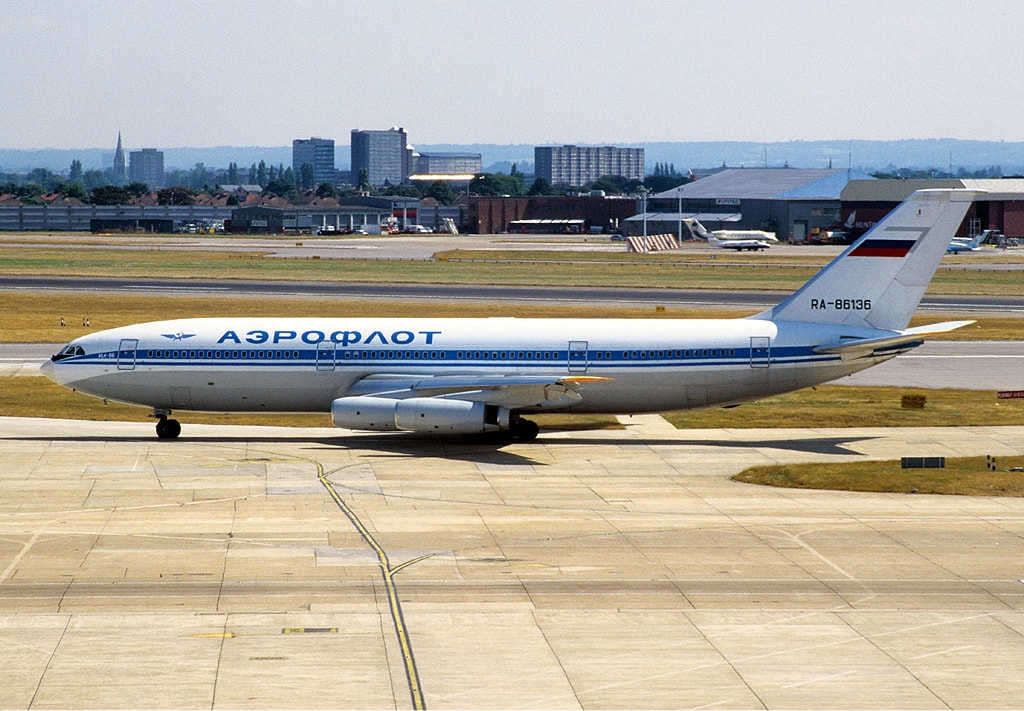
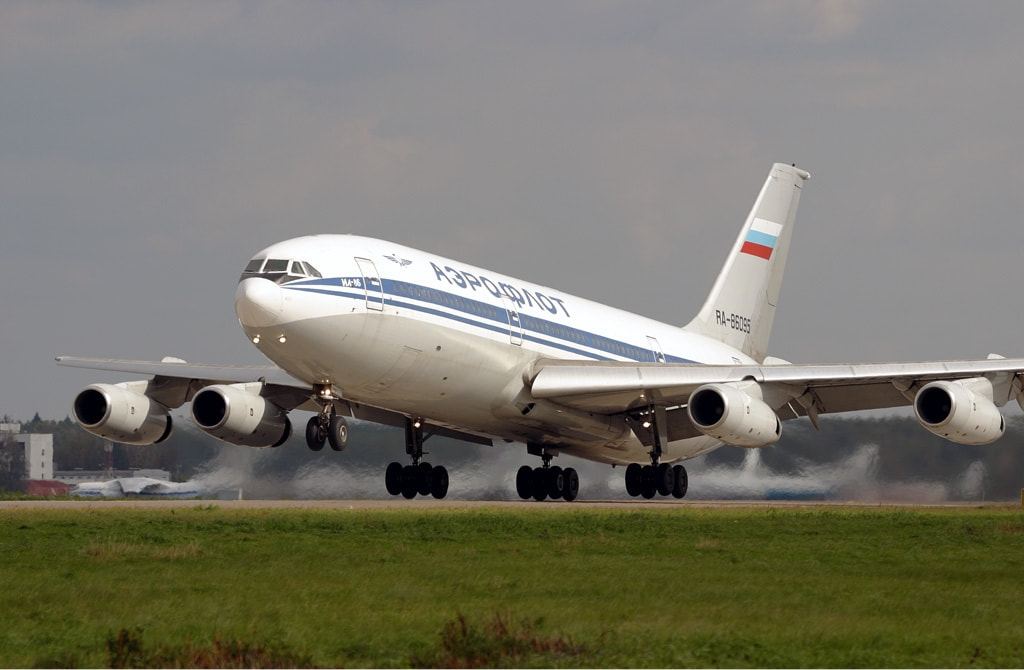
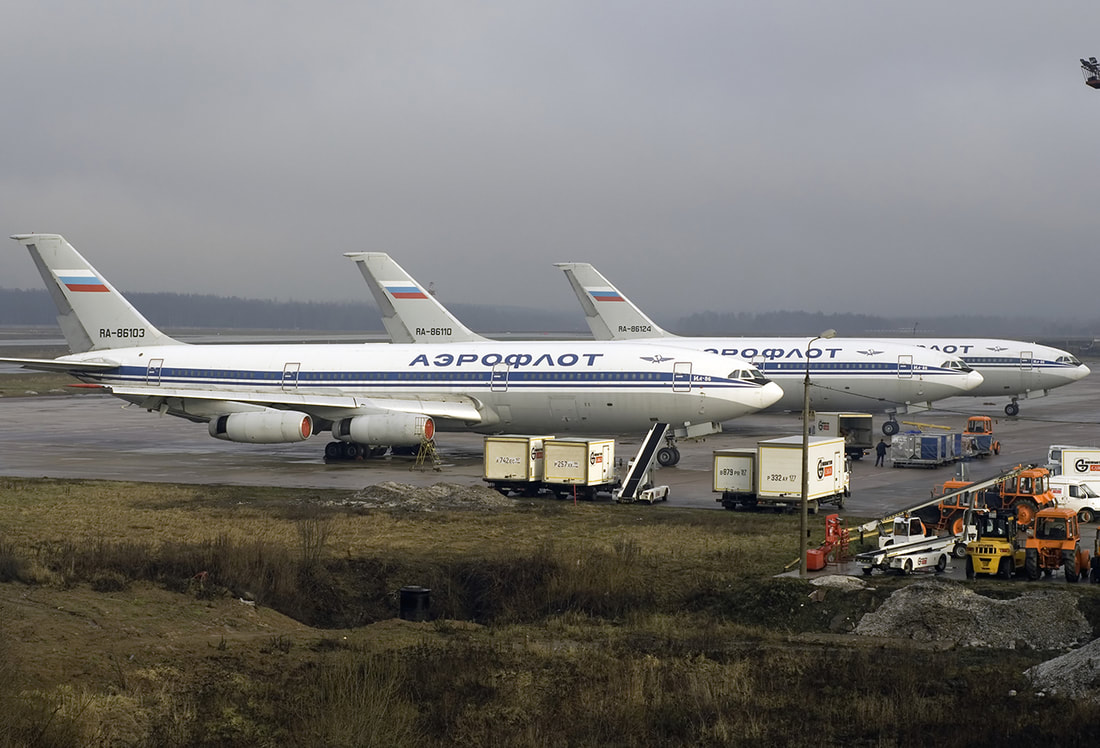
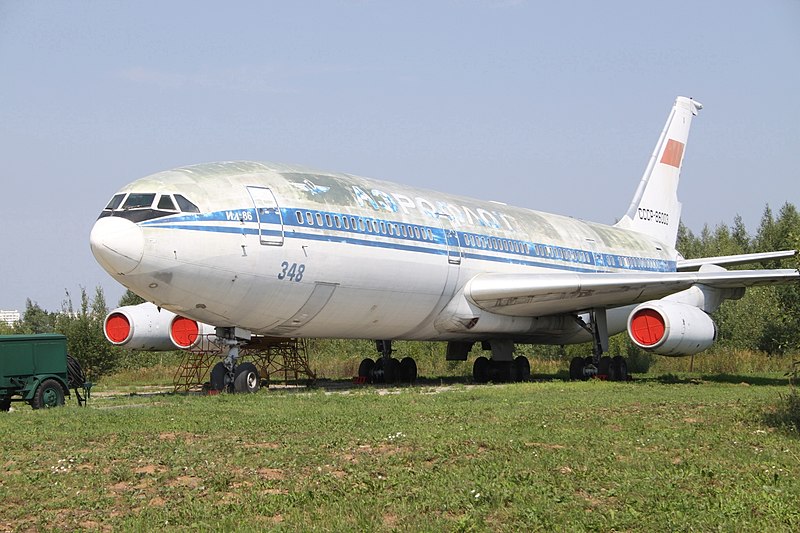
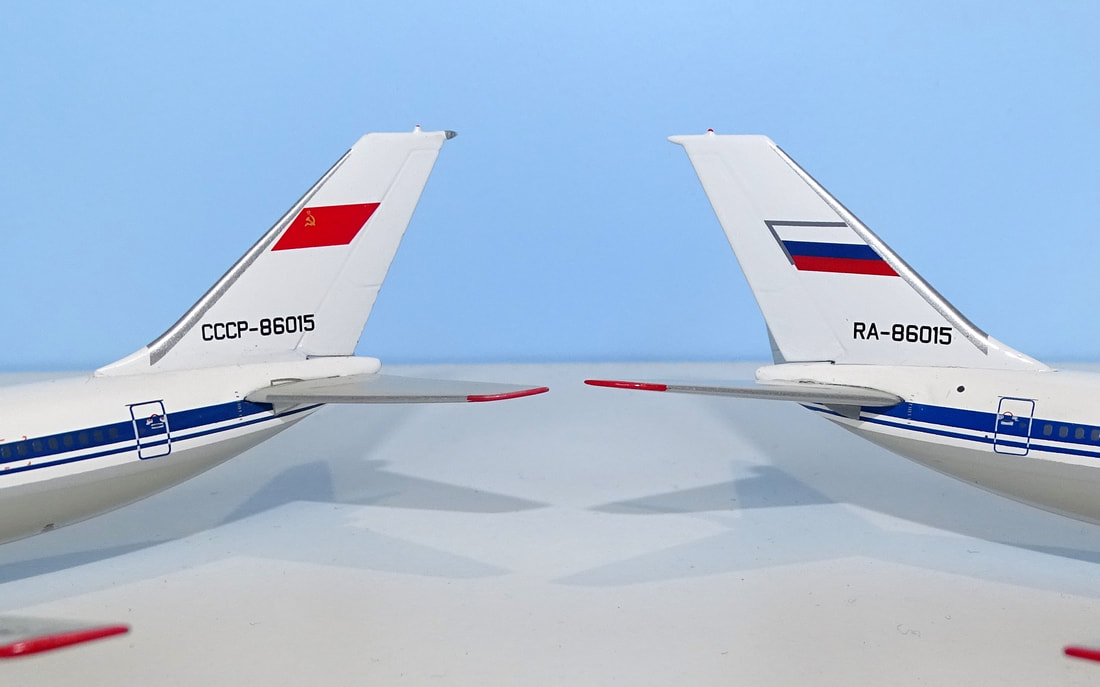
 RSS Feed
RSS Feed